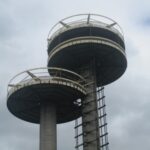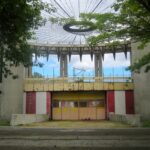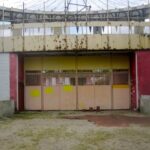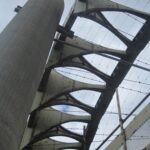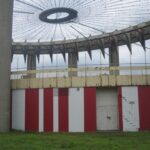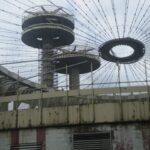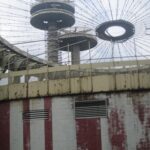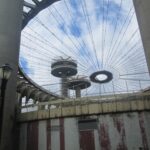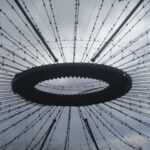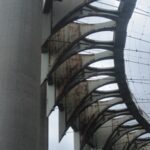Abrams had the best installation at this year’s Book Expo America, a giant old-fashioned typewriter to promote a new photography book by Kevin O’Callaghan. Perhaps unintentionally, it suggested the central theme of the expo: obsolescence. The future of the book was, as per usual these days, on the minds of publishers and retailers. Based on my informal polling, publishers seem to be finding their feet (more hardcover sales this year than last, despite e-book encroachment), even as the ground beneath is shifting. It’s tougher for independent retailers. One publisher I spoke with suggested it would be a good idea to give independents a higher discount rate than the big chains—a nice idea, though I don’t know how realistic. As independents disappear, the rationale for BEA seems to be withering. This year the expo was effectively cut to two midweek days. Should it be open to the public on a weekend? I have no idea. Anyway, here are a few of the fall books I’ll be looking out for:
Robert Fossier, The Axe and the Oath: Ordinary Life in the Middle Ages (Princeton University Press). Just sounds cool.
Dietrich Neumann, ed., The Structure of Light: Richard Kelly and the Illumination of Modern Architecture (Yale Univrersity Press). Kelly did the lighting for many of PJ’s buildings, so I’m especially interested in this.
Alfred Crosby, Throwing Fire: Projectile Technology through History (Cambridge University Press). Nerd genius.
Boris Pahor, Necropolis (Dalkey Archive). The Holocaust memoir of the season. Dalkey is the little press everyone should know.
Massimo Vignelli, The Vignelli Canon (Lars Muller). A design manual by the grid god. Must have.
Patrick Dougherty, Stickwork (Princeton Architectural Press). You just have to see it. Trust me.
Gregory Crewdson, Sanctuary (Abrams). Crewdson’s pictures of the abandoned lots of Cinecitta. Your mouldering architecture photo book of the season.
Laurence Kardish, Weimar Cinema (MoMA/DAP). To accompany a must-see film series. My old schoolmate Josh Siegel’s Frederick Wiseman catalog (also MoMA/DAP) will be another keeper.
Ilyon Woo, The Great Divorce (Grove). My Oprah pick.
Jane Thompson & Alexandra Lange, Design Research (Chronicle). How modernism landed in the home.
It occurs to me now that I am legally obligated (?) to disclose that Woo and Lange are friends, and that I used to work at PAPress. I might be biased, but I still think they’re tops.





